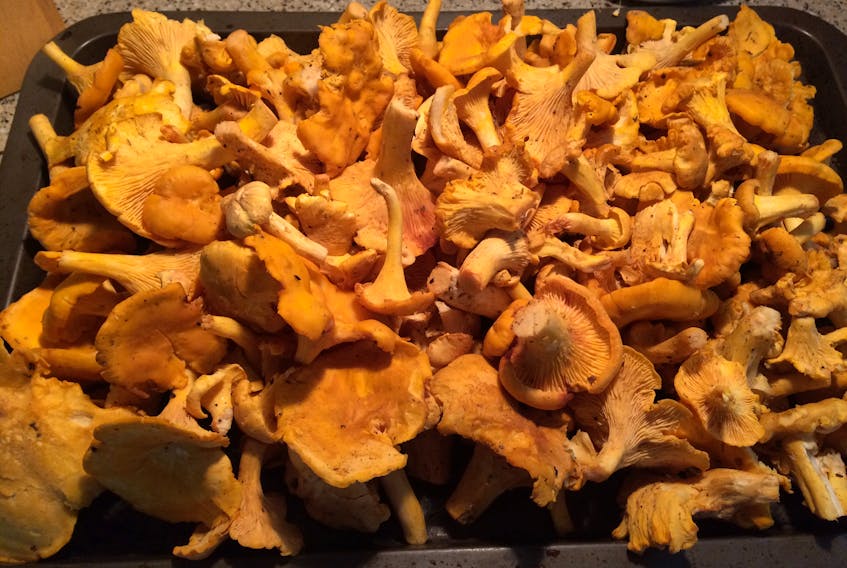So, I was thinking about onions.
Actually, I was cutting up an onion, and thinking about trial and error.
Serious trial and error.

Who, for example, first pulled up a wild onion, long before they were cultivated, and thought, let’s give this stinky smelling thing a try for dinner — it’s probably going be tasty, even though its smell is designed to say ‘No way’?
I mean, your mother, afraid of you being poisoned by things like the beautiful-looking red glossy berries of climbing nightshade, probably told you not to experiment by eating unfamiliar things growing in the wild. But the nightshade is a member of the Solanceae family (as is its European cousin, deadly nightshade), a plant family that includes tasty cousins like potatoes, tomatoes and eggplant.
(They’re close enough cousins, in fact, that disturbing nightshade’s berries gives off the same acrid smell that tomato plants release when brushed against.)
Your mom’s warning came with good reason: there are bright, showy things that want to be eaten so that the digestive systems of animals and birds can spread their undigested seeds far and wide, and there are equally bright colours that mean warnings.
And some of the warnings are serious. Eat the wrong thing, and you can die, sometimes in horribly painful ways.
Nowhere is that more true than in the land of mushrooms.
The everyday field guide to mushrooms lists a plethora of tasty options. Some, like chanterelles, are delicious; plentiful if you know the right spots to pick them, and free.
The same field guide lists a range of less-pleasant fungi, some that will make you vomit for days, some that cause hallucinations, and some that can kill. Mushroom pickers go by a simple credo: don’t eat it unless you’re absolutely sure of what you’re doing. It’s a warning that’s amplified regularly on things like homesteading Facebook groups, where someone will post a photo of a mushroom and say, essentially, “This is growing in my field. Can I eat it?”
The answer, regularly, is don’t bet your life on a Facebook photo ID.
I always think, though, that for every mushroom variety that’s classed as a violent emetic — or worse — there’s some poor experimenter out there in our combined history (and probably more than one) who was the unfortunate test pilot for a new and hitherto-untried fungi.
Curiosity had to have killed a fair number of those cats.
Thanks, stranger from the past, for trying that deadly bright white amanita, the one now nicknamed “the destroying angel,” so we don’t have to, I guess.
Another amanita, fly agaric, is classed as a deadly mushroom, though you apparently have to eat plenty for it to kill you. Somewhere along the line in the 19th century, some happy and curious soul discovered that, if you boiled it for 12 hours in water, discarded the water and then soaked it for a long time in vinegar, you could end up with something that didn’t kill you or send you on a strange fungal alkaloid hallucination trip.
And don’t get me started on things like the cassava root. The third largest source of carbohydrates in the tropical world, it has to be prepared by fermenting for three days — or by other methods — to remove the naturally occurring and poisonous cyanide compounds it contains.
And yes, someone had to find that out by trial and error, too.
(Fun fact — you’ve probably eaten some cassava. Processed cassava is the source of tapioca.)
We stand on the shoulders of those who came before us, and sometimes, (not to get too graphic here) we stand on their graves.
Curiosity had to have killed a fair number of those cats.
Think this is a strange topic for a newspaper column?
Just wait till the day I start writing about the hit-and-miss hybridization of wild species.
Russell Wangersky’s column appears in SaltWire newspapers and websites across Atlantic Canada. He can be reached at [email protected] — Twitter: @wangersky.
MORE FROM RUSSELL WANGERSKY
• Dispatch from the state of emergency
• The internet is no place to hide









